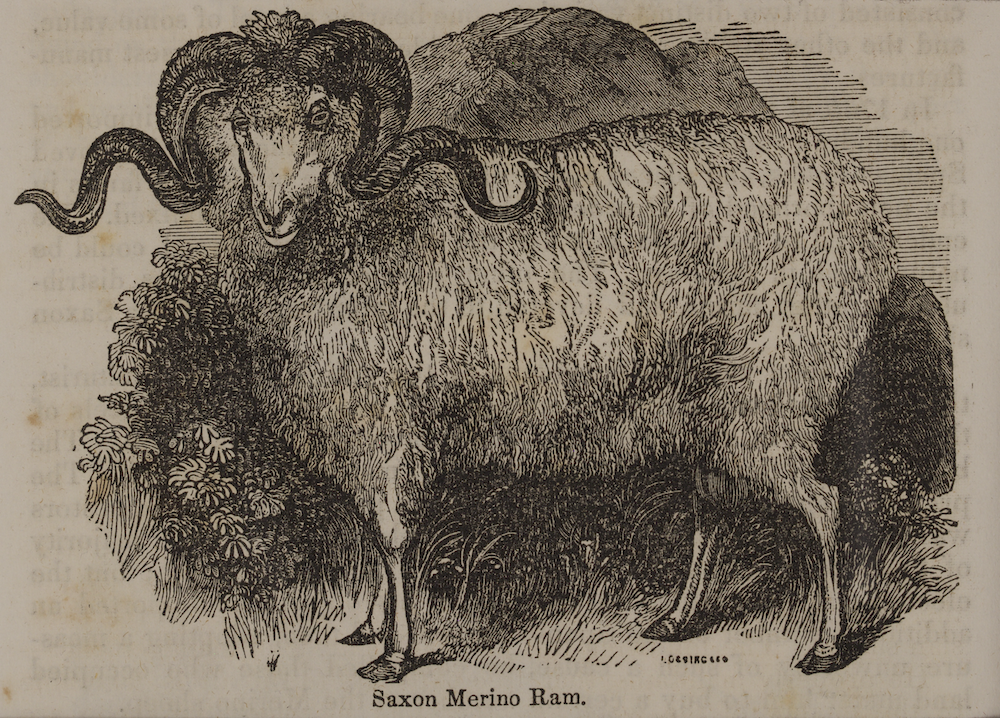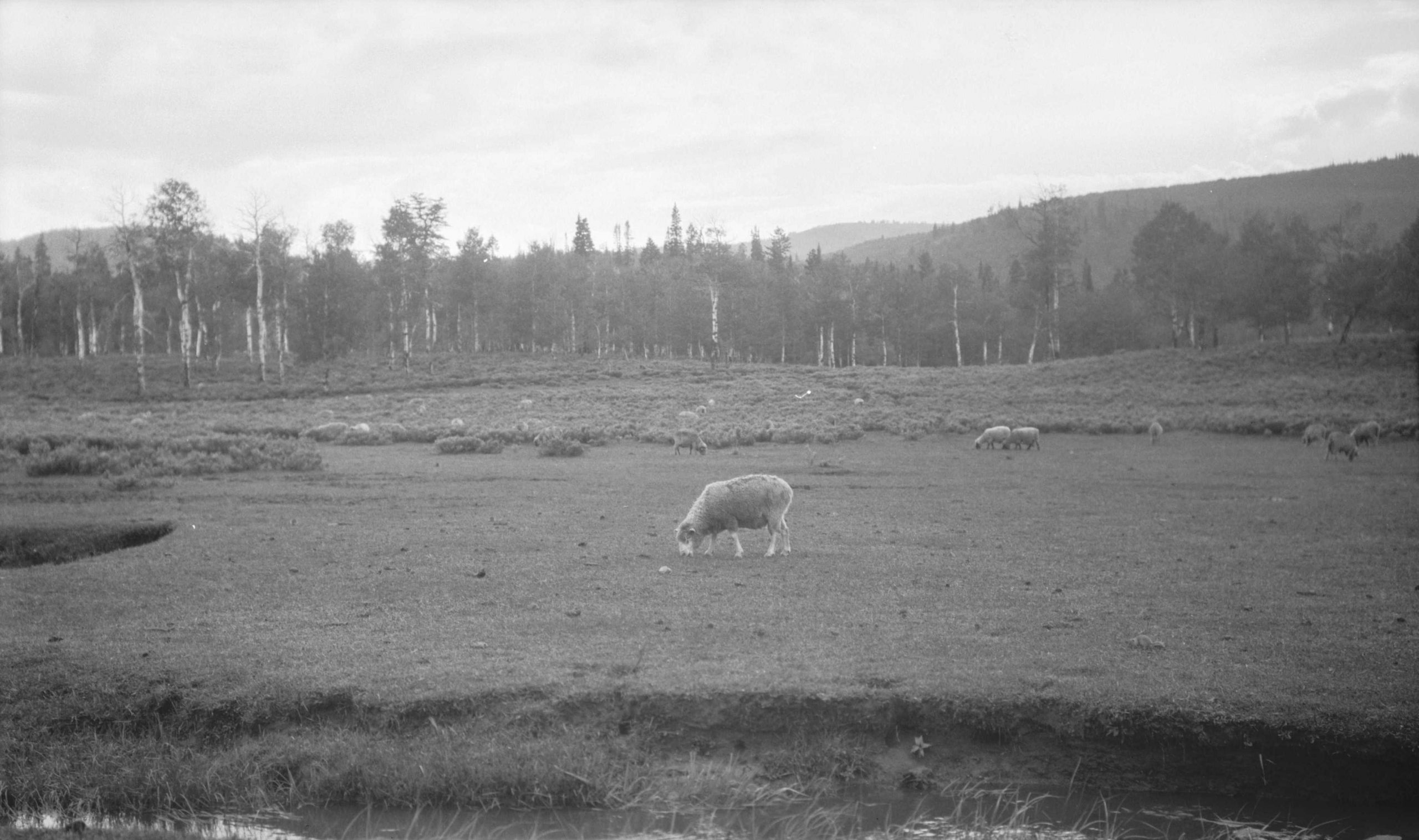Improvements to the herding and management of flocks of sheep improved in the late 1800s in Utah. Pictured here, sheep are herded from their summer grazing grounds in the mountains to the desert for the winter. Credit: Courtesy of the Utah State Historical Society
The Sheep Industry
An Emerging Powerhouse at the Time of Statehood
In 1893, an economic depression struck the United States. Several of Utah’s main industries, including mining, railroads, and agriculture, were the hardest hit across the country. As the territorial government and The Church of Jesus Christ of Latter-day Saints scrambled to assist the many newly unemployed Utahns, they supported industries that would come to define the new state’s economy.

A Distinct Economy
The Territorial Economy
When Latter-day Saint settlers first arrived in the Salt Lake valley, they implemented an economy that prioritized local industries and contributed to their vision of Utah, then known as Deseret, as a haven for Latter-day Saints. This economic structure evolved as Utah approached statehood.
A rapidly rising population and the development of new technologies associated with electricity and irrigation expanded Utah’s economic opportunities. Manufacturing and agricultural options widened, and as the network of railroads that connected Utah to the rest of the country improved, it became more cost effective to produce goods for export and trade on the national market than it was to maintain a smaller, territorial economy.

The invention of barbed wire, like the section pictured here, lower the cost and increased the span of fencing in Utah.
Credit: Courtesy of the Utah State Archives
The Livestock industry
A Utah Identity

Livestock before the 1890s
The Latter-day Saint culture of the region’s early white settlers emphasized co-operative community spirit. Along with a lack of material and time for building fences, this led to the development of livestock co-ops in rural villages. Farmers owned small numbers of cattle and sheep which were combined into larger herds. Church leaders were given access to large grazing areas in the public domain, and soon the Utah livestock industry grew in size and importance.
Tension between settlers and different bands of Native Americans sometimes played out through livestock. As Native Americans were pushed away from land that had been overtaken by settlers for their own flocks and agriculture, they retaliated by attacking herds. Conflicts like the Black Hawk War arose in part to address this disagreement.
Beginning in the 1870s, barbed wire arrived in Utah and thousands of cattle from the Great Basin were herded across the territory and sold in Colorado. The men and boys who herded them spent most of their time away from society among the livestock. Challenges like crossing the Colorado River and fending off rival herds for grazing space pockmarked their journeys. In the 1880s, the ranching cultures of Wyoming and Texas more firmly made their ways into the Utah landscape, and the newly arrived cowboys clashed with Latter-day Saints.


The Sheep Industry
The Intersection of Geography, Economics, and Culture
A new generation of young sheepherders emerged in the 1880s and 1890s. They were familiar with transhumance from tending others’ flocks and eager to employ it with sheep they owned themselves. These young men typically had ties to a village or town but spent most of their time moving sheep between summer and winter grounds. They prioritized claiming camps early in the season in order to gain access to the best grazing areas for their livestock.
AFtermath
Effects of the Rise of Sheep Herding
When rural Utahns turned to the sheep industry, they likely didn’t expect the range of impacts it would eventually have on their land and lifestyles. At a time when new irrigation and agricultural practices were transforming the rural landscape, sheep were similarly powerful.

After 1900, the sheep industry began to decline first gradually and then sharply. The source of profit from sheep had shifted away from the wool to the meat itself through the selling of sheep and lambs.
